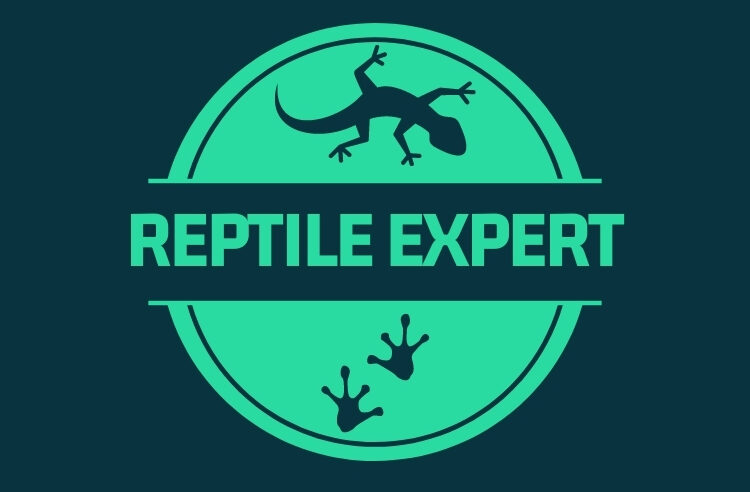Baby caimans with their large, round eyes and gently smiling jaws, have become a popular feature in the pet trade with many people succumbing to their appeal and the persuasive pet store talk, without any real understanding of this reptile’s characteristics, needs or potential danger involved. Cute as they may seem, caimans are NOT for the inexperienced reptile keeper and in the UK, require a licence under the Dangerous Wild Animals Act 1976.
Where are They Found?
Caimans are a small type of alligator originating in Central America and the Cayman Islands. There are six known sub-species, with the Spectacled Caiman being the most popular. An extremely adaptable reptile, the caiman is found in all types of lowland, wetland and riverine habitats, although it has a preference for still waters, such as the Panatal floodplain during the rainy season. Caimains have the widest distribution of any species in the Alligatoridae family, probably because it show good tolerance for salty waters. They can also burrow into the mud and aestivate, if environmental conditions become too harsh.
What do They Eat?
Young caimans feed on a variety of aquatic invertebrates, such as mollusks and crustaceans, moving onto vertebrates as they grow into adults – such as fish, other reptiles, amphibians and even water birds. In fact, large adults are even capable of hunting down large mammals, such as wild pigs. Caimans can also exhibit cannibalism, especially under dry, extreme conditions.
Why are They Important?
Caimans play an important role in nutrient recycling: the nitrogenous waste they produce returns to the ecosystem and benefits the plants and other animals – in fact, where caiman populations have been dropped, fish populations have also shown a decline. Caimans are on the IUCN Red List of Threatened Species and are under threat from hunting, habitat loss and collection for the pet trade, although populations have stabilised in some areas of Central America.
Caimans as Pets
Unless you are an experienced reptile hobbyist with a special interest in exotic reptiles and a willingness to give a big commitment, caimans are not suitable pets. To put it bluntly, they require a lot of time, money and responsibility – and can pose a serious risk to other members and pets in your household. Adults can grow up to three metres long and like all reptiles, they have very specific needs with regards to temperature, lighting, humidity, space and diet. Males have a reputation for being especially aggressive, while young caimans are very shy and spend a lot of time hiding from view, thus making unrewarding pets. It is practically impossible to tame a caiman and almost all adults become too difficult to handle. Sadly, too many young caimans are bought on an impulse and with no accurate information on the correct captive husbandry required, leading to many specimens being neglected, dumped or disposed at one or two years, just when they are growing and beginning to bite hard.
If you are a responsible and experience reptile hobbyist and are prepared for the commitment needed to keep caimans, make sure you contact a reptile expert for more detailed information on captive husbandry. For example, as caimans are both aquatic and terrestrial, any enclosure you build must contain both land and water. Heating, both on land and in water, is important but be wary of what type you choose, as a caiman can easily break the glass housing of a heater. Infrared or ceramic heating lamps are probably the best choices.
Remember to provide a temperature gradient in the enclosure that they can regulate their body temperature. Correct water filtration is crucial, especially as caimans are messy eaters – use a large filter with mechanical and charcoal filtration, and do a regular filter maintenance twice a week. As caimans are shy, even in adulthood, they will appreciate lots of cover, such as fake plants and other hiding places. Note that UV lighting is not necessary as caimans are not nocturnal. Caimans are not fussy eaters and will eat anything, alive or dead, which provides meat – from fish and crickets to raw fresh meat and shrimp. A good feeding schedule is bi-weekly and a large variety is recommended to ensure that your caiman is receiving the necessary nutrition.
Unfortunately, as mentioned earlier, caimans cannot be tamed and should never be handled, unless absolutely necessary and then only with thick, leather gloves. Thus, unless you are a serious reptile hobbyist with a special interest in exotic reptiles, the caiman makes a poor pet and there are many better and just as fascinating alternative reptile species for you to consider.
